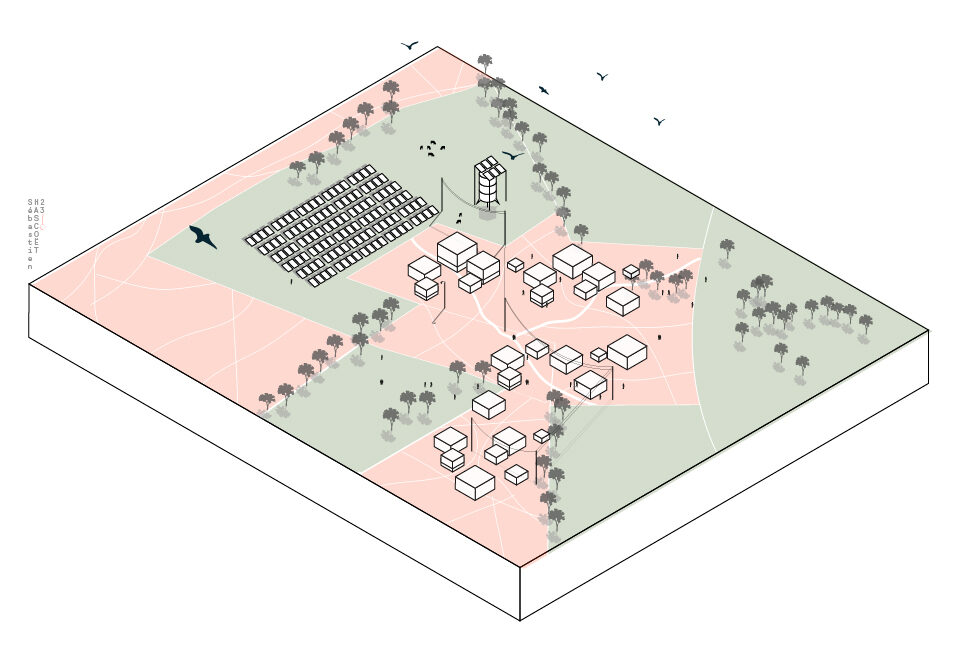Minigrids, Africa

A Solution for Universal Access to Electricity
Around 733 million people worldwide (primarily in sub-Saharan Africa) are still without access to electricity. Due to the problems—often economic—with reaching the most remote and vulnerable populations, the pace of electrification has slowed in recent years. Minigrids could make a major contribution to achieving the goal of universal access to electricity by 2030, providing access to 380 million people.
Consisting of low-voltage minigrids, they are powered by one or more energy sources (solar, wind, hydro, diesel, etc.) and can be either totally isolated from the centralized grid or connected to it. Suitable for hybridization (coupling diesel and solar power, for example), they are used for both individual and collective power supply (e.g. public lighting).
In Africa, several initiatives are harnessing this solution, most notably in the village of Ketmbeine (Tanzania), population 800, via energy minigrids, and in Mali, which has also invested in the installation of over 200 diesel-powered minigrids.
Axonometry
Sebastien Hascoët
